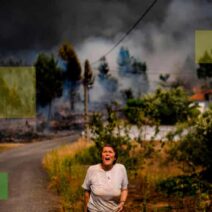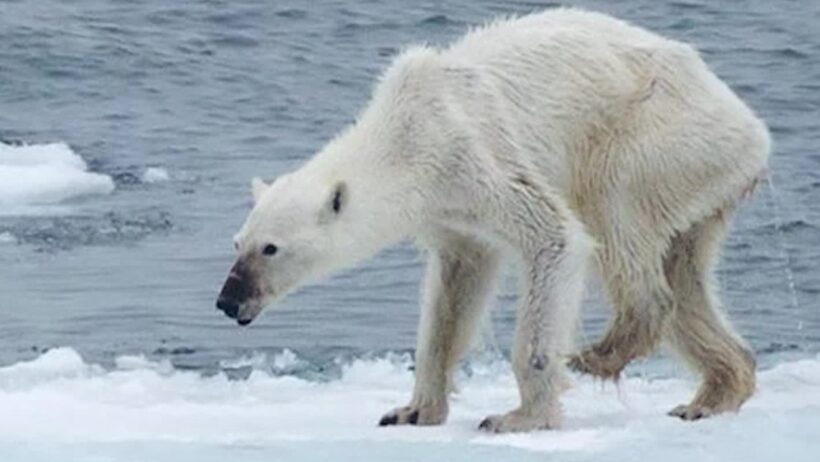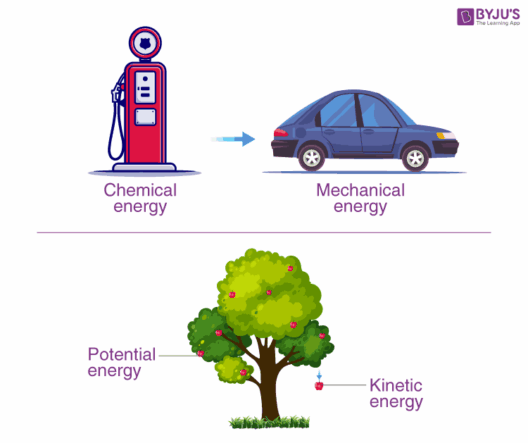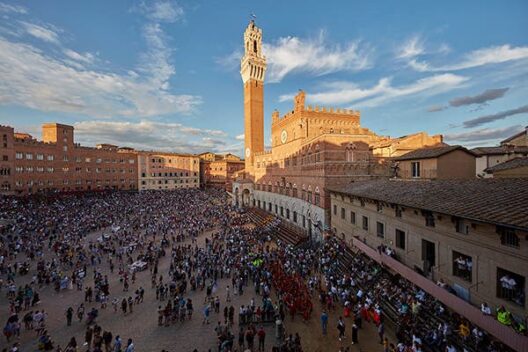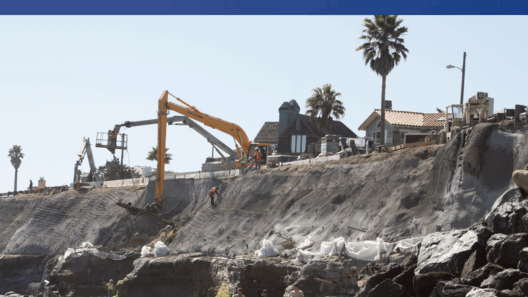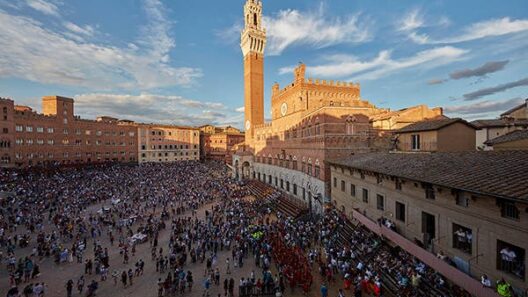The Arctic, often referred to as the “Earth’s refrigerator,” is undergoing a harrowing transformation. It is as if a great painter, once meticulously crafting the delicate interplay of ice and ocean, has now relinquished the brush, leaving behind a canvas marred by stark, melting patches. This metaphorical retreat is emblematic of the larger phenomenon of global warming, whose insidious effects are manifesting through the polar ecosystems that once thrived in this frozen expanse.
The Arctic is home to a myriad of species, each intricately woven into the environmental tapestry. Polar bears, walruses, seals, and myriad birds depend on the ice as a cradle for nurturing, hunting, and living. However, as temperatures soar, even a few degrees can precipitate catastrophic shifts within this delicate ecosystem. The ice that has shaped the Arctic for millennia is receding at an alarming rate, creating an unprecedented crisis.
One of the most conspicuous indicators of Arctic warming is the alarming decrease in sea ice extent. Satellite observations have demonstrated that the Arctic sea ice is declining by approximately 13 percent per decade, a testament to climate change’s unrelenting grip. With less ice, the habitat that the iconic polar bear relies on for hunting seal—its primary prey—has diminished. Imagine the bear as a solitary philosopher, wandering an ever-contracting shore of its existential plight. The loss of pack ice not only complicates hunting but also forces these magnificent creatures to swim longer distances in search of sustenance, leading to increased mortality rates.
As sea ice diminishes, another consequence looms: the disruption of the food web. The melting of Arctic ice enhances phytoplankton growth—tiny organisms that form the foundation of the marine food web. This seemingly innocuous rise can produce cascading effects. While increased phytoplankton may initially appear beneficial, the resultant blooms can lead to oxygen depletion in the water, causing dead zones where life cannot thrive. Such a phenomenon exemplifies the paradox of climate change, where one symptom inadvertently catalyzes further ecological demise.
Moreover, the loss of ice is not merely an environmental issue; it poses profound implications for indigenous communities that have coexisted with these ecosystems for generations. The Inupiat and other Arctic peoples have relied on the stability of the ice for their cultural practices and subsistence living. Their relationship with the land and sea is a harrowing symphony of dependence, as traditional hunting routes and migration patterns are increasingly rendered obsolete by melting ice. The arrival of warmer temperatures has disrupted not only ecosystems but also the intricate fabric of human life woven into the harsh Arctic reality.
Alongside these ecological upheavals, the thawing permafrost unveils a hidden story—one that speaks to the global ramifications of Arctic warming. Permafrost, once a steadfast guardian of carbon emissions, is now losing its grip. As it thaws, immense quantities of methane—a potent greenhouse gas—are released into the atmosphere. This release exacerbates warming, igniting a pernicious feedback loop. The Arctic becomes a ticking time bomb, where the very soil that has harbored life serves as a contributor to the crisis.
Amid this bleak narrative, it’s essential to turn attention to the broader implications of what the retreating Arctic signifies for our planet. The Arctic serves as a climate barometer, revealing the interconnectedness of Earth’s systems. As polar ice declines, sea levels rise, threatening coastal communities worldwide. The Arctic, in its grandiose isolation, reverberates as a global echo chamber, where the cacophony of change is loud and unyielding.
Yet, within this dark landscape exists a glimmer of resilience. Conservation efforts are burgeoning, galvanizing individuals and communities to take action. Initiatives aimed at curtailing emissions, preserving habitats, and advocating for climate justice are gaining momentum. The bond between humanity and nature is being reforged as people come to realize the paramount importance of protecting these ecosystems. Through education and engagement, awareness is blossoming—a shimmering potential for communal action to confront the encroaching specter of climate change.
The Arctic is a living testament to the duality of humanity’s impact on the Earth. It presents a unique appeal, both as a stark reminder of what is at stake and as an emblem of hope in the face of monumental challenges. By respecting and protecting the Arctic, we do not merely salvage a remote ecosystem; we also honor our collective future. The tales of polar bears adrift on thinning ice resonate beyond geographical confines, echoing the urgencies of climate change across the globe.
In conclusion, the Arctic in retreat is not merely an environmental concern; it is a clarion call for action. The meticulous dance between ice and ocean, species and habitat, culture and nature is being disrupted at a staggering pace. As ecosystems scream in silence while they adapt to shifting realities, awareness and action become imperative. Each small step taken for conservation, each act of advocacy, is a brushstroke on the canvas of a future where balance can still be achieved—an insistence that the Arctic’s once-vibrant hues need not be rendered into a palette of sorrow but can instead be transformed into a portrait of resilience and renewal.
